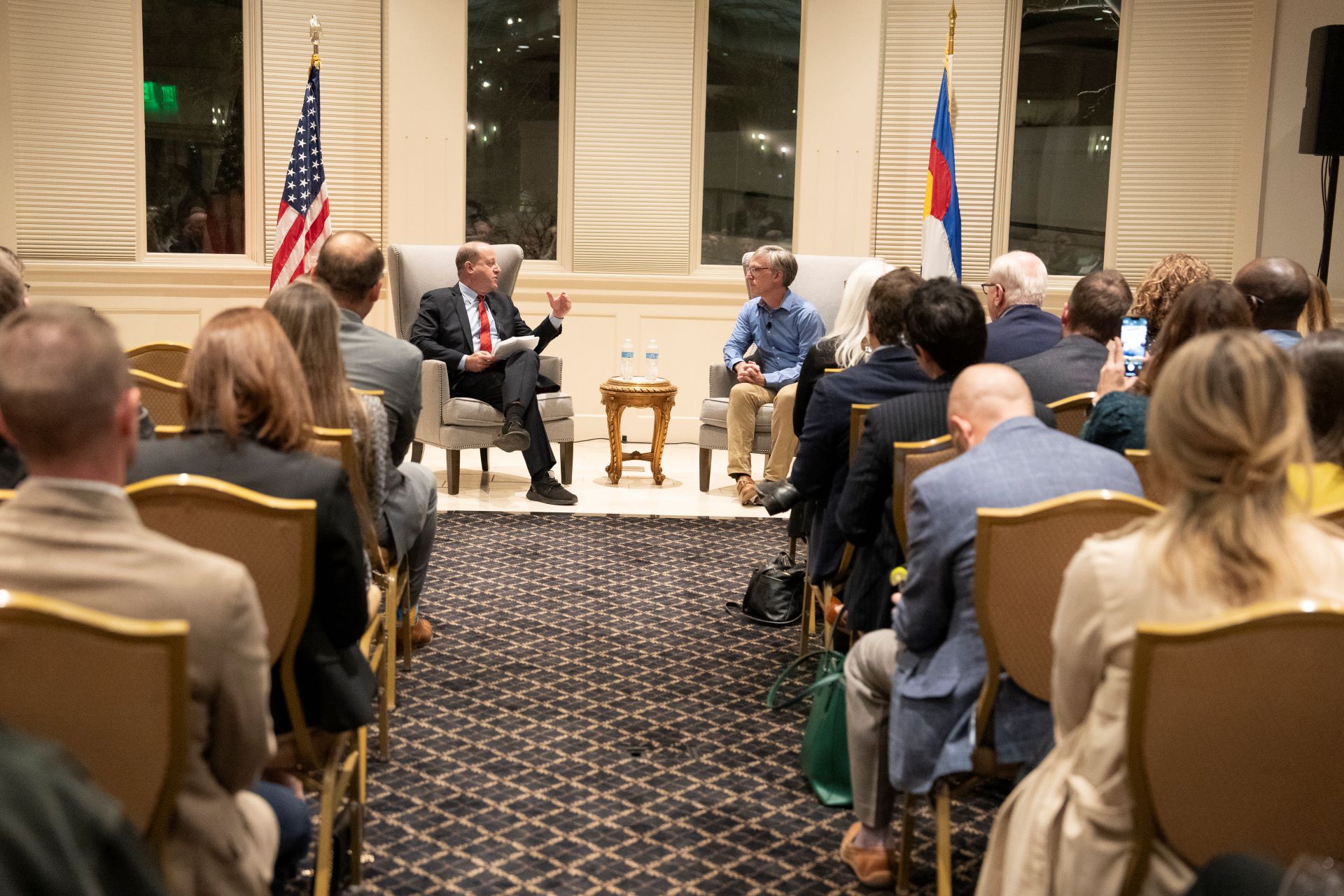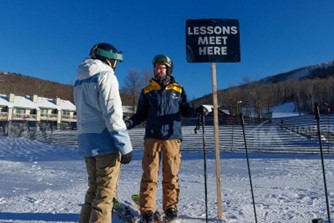Summary
A partnership between NGA Solutions: The Center for Best Practices, the National Endowment for the Arts (NEA) and the National Assembly of State Arts Agencies (NASAA) introduced an extensive body of new economic research on the creative sector. Evidence is building that the creative sector is an especially potent asset in rural places. Research by the NEA and the U.S. Department of Agriculture’s Economic Research Service finds that, since the Great Recession:
- Two out of three rural businesses reported that arts and entertainment were important to attracting and retaining workers.
- Rural counties that were home to performing arts organizations experienced population growth three times faster than other rural counties.
- Rural counties housing performing arts organizations provided residents with higher household incomes than other rural counties.
- Rural counties with design-driven businesses recovered more quickly from the recession, showing more growth in weekly earnings over a four-year period following the Great Recession.
Given those positive economic contributions, NGA Solutions is helping governors to capitalize on the creative industries and tap into proven strategies for bringing economic vibrancy back to rural communities.
Rural Prosperity Through the Arts & Creative Sector: A Rural Action Guide for Governors and States offers actions for governors and states in addition to around a hundred examples and process steps.
Key Actions Governors Can Take
- Provide leadership for the state’s creative sector to benefit rural communities.
- Capitalize on existing regional cultural assets.
- Build state infrastructure for cultural and creative partnerships with other policy areas.
- Develop local talent and human capital with creative skills.
- Create an environment friendly to investment and innovation.
Conclusion
During the past decade, place-based economic development theory and related best practices have been refined. Planners and policymakers have long observed that the arts and culture create a fertile ecosystem for creativity, innovation and prosperity. More recently, the deliberate discipline of creative placemaking has garnered attention. First associated with urban neighborhoods, now excellent examples exist of how creative placemaking works successfully in rural communities. As this Rural Action Guide shows, part of the power of the framework for rural systems change lies in its cross-sector approach. The combination of partnerships (among public, private and nonprofit entities) and cultural catalysts (the presence of arts activity, creative individuals and creative spaces in addition to the proper policy mechanisms) can shape the physical, economic and social character of rural regions.
The results of the many initiatives described in this Rural Action Guide are remarkable. This conclusion is not an exhaustive summary, but it confirms that a great deal of activity is going on across the country. Some state rural arts communities are succeeding beyond expectations. It will become increasingly obvious that creative sector strategies are being accepted widely when state economic development plans and comprehensive community plans are not considered complete if they do not include an arts component.













